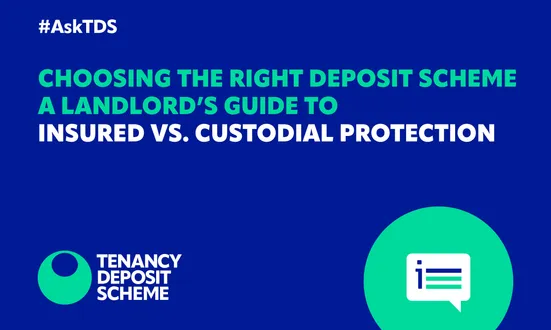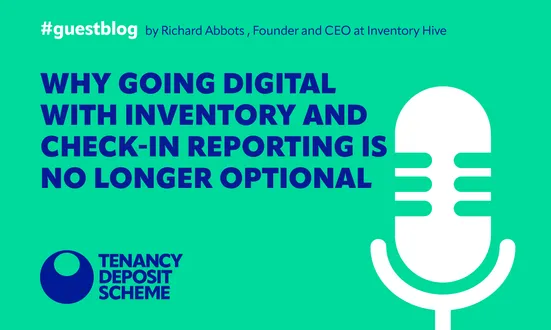The supply of rental homes is still unable to meet demand, with new data showing figures are down 20% on pre-pandemic levels.
The statistics come from property portal Zoopla, with the findings echoing the NRLA’s arguments that while rental supply is increasing, it is failing to keep up with demand.
Recent figures from the Ministry of Housing, Communities and Local Government show that the private rented sector (PRS) has grown year on year – with an extra 15,000 properties in the rental market in 2023/24.
However, Zoopla explains that while there are now 17% more homes available than there were 12 months ago with demand falling by 16% over the same period, that demand is still more than 60% higher than pre-pandemic levels.
What does this mean?
The figures clear up some confusion over whether the private rented sector, as a whole, is growing or contracting and, if the sector is growing, why organisations like ourselves keep bemoaning the lack of supply.
These are not difficult questions to answer.
Quite simply yes, the sector is growing, but no, it is not growing as fast as it needs to be.
Tenants still face stiff competition for homes, with the mismatch between supply and demand still forcing rents up.
So, while rental growth has slowed, with average rents for new tenancies up by just 2.8% compared to 6.4% the previous year, monthly rents have increased to an average of £1,287.
What is clear is that, despite the balance of supply and demand moving in the right direction, there are still nowhere near enough rental homes available, with those renting at the lower end of the market – with the least financial flexibility – hardest hit.
This situation is only expected to get worse, with recent figures from Savills suggesting a million extra homes to rent will be needed by 2031 to meet demand.
What needs to happen next?
Change is coming, in the form of the Renters’ Rights Bill and proposed new Minimum Energy Efficiency Standards (MEES), the latter expected to put increased financial pressures on hundreds of thousands of landlords across the country, which, research suggests, could force some to sell at least some of their rental homes.
The Government has pledged to get the country building, but this is going to take time.
What we need to do now is built on the incremental improvements we are seeing in supply and demand, to encourage the development of a thriving private rented sector where tenants can access comfortable, affordable rented housing, in the places they want to live.
Exclusive savings for TDS and NRLA customers
Register your deposits with The Tenancy Deposit Scheme and become an NRLA member to SAVE 33% on TDS Insured and enjoy £15 OFF NRLA membership. Click here to join today.

About the author

Ben Beadle is chief executive of the National Residential Landlords Association (NRLA), the UK’s largest trade body for landlords.
A landlord himself since the age of 20, Ben started out as property manager before working his way up through the ranks at the Tenancy Deposit Scheme.
He was then Operations Director at property management business Touchstone before overseeing the merger of the National Residential Landlords Association (NLA) and Residential Landlords Association (RLA) to create the new trade body earlier this year.
His key aims as head of the organisation are to strengthen the voice of landlords in Westminster and Cardiff, to improve the reputation of landlords in the media and to support members through information, training and accreditation.
NRLA: The NRLA updates landlords on all the latest legislation changes affecting the sector and offers expert advice, training and other exclusive services and benefits.
The views expressed in this content are solely those of the author alone and do not necessarily represent the views of TDS, its officers, or employees. To read more on TDS views, visit our Policies & Procedures webpage
Other news stories


